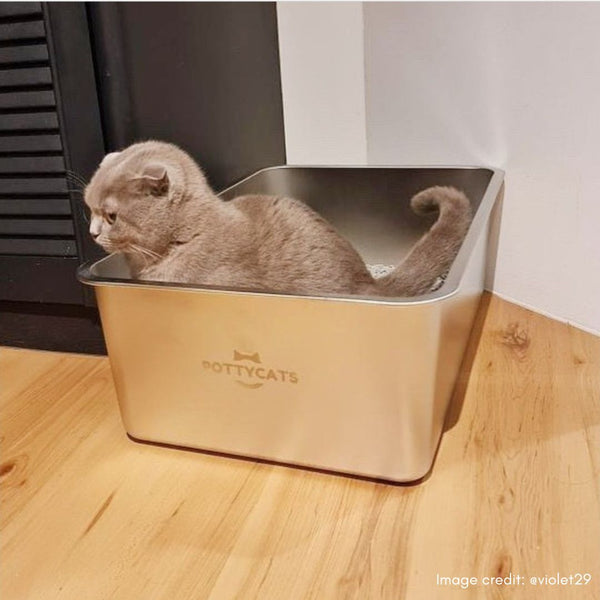
We've all seen it: a cat perched precariously on the edge of a bathtub, eyeing the rising water with suspicion. Or the classic meme of a drenched, unhappy feline giving its owner a look of pure betrayal. The idea that cats hate water is a stereotype as old as the internet. But is it true?
The short answer is: not always.
While many cats do show a strong aversion to getting wet, their "hatred" is more of a generalization. The real reasons behind their behavior are more complex and fascinating.
The Evolution of an Aversion
The domestic cat, Felis catus, evolved in arid, desert-like environments. Their wild ancestors, like the African wildcat, didn't have a lot of opportunities to swim or interact with large bodies of water. For them, getting wet was unusual and could be dangerous. Wet fur is heavy, which can make a cat feel vulnerable and less agile, and it takes a long time to dry. In a cool environment, this could even lead to a dangerous drop in body temperature.
This evolutionary history is a major reason why many cats today instinctively avoid water. It's a deeply ingrained trait, a natural precaution passed down through generations.
The Problem with Smell and Texture
Cats have an incredibly sensitive sense of smell. The chemicals and minerals we use to treat our tap water can have a distinct odor that is unpleasant to them. Think about how a swimming pool smells to us; now imagine that smell, but much, much stronger.
The texture of water also plays a role. Running water, especially from a faucet, can be unpredictable and startling. Still water, like in a bowl or a bathtub, feels unnatural on their fur and can weigh them down.
Your Cat Probably Doesn't Need a Bath Anyway
Cats are meticulous groomers. They spend a significant portion of their day licking their fur to keep it clean, free of tangles, and smooth. Their barbed tongues act like tiny combs, removing dirt, loose hair, and debris. This self-cleaning habit is so effective that most indoor cats rarely, if ever, need a bath.
In fact, bathing a cat too often can strip their skin of natural oils, leading to dryness and irritation. The only times a bath might be necessary are:
-
If your cat has gotten into something toxic or sticky that they can't groom themselves (e.g., paint, oil, or food).
-
If your cat is older, overweight, or has a medical condition that prevents them from grooming effectively.
-
If your veterinarian recommends it for a specific skin condition.
For a quick clean, a damp cloth or pet-friendly wipes are a much less stressful alternative to a full bath.
The Exceptions to the Rule
Not all cats are against water. There are several breeds known for their love of swimming and playing in water, suggesting that their ancestors were closer to rivers or lakes. Some of these breeds include:
-
Turkish Van: Often called the "swimming cat," this breed has a unique, cashmere-like coat that is naturally water-resistant.
-
Maine Coon: These large cats have thick, shaggy fur that repels water, and many of them are known to enjoy playing in it.
-
Bengal: With a wild ancestry that includes the Asian leopard cat, some Bengals are known for their fascination with water.
Even among these breeds, individual personalities vary. And some cats, regardless of their breed, can be trained to tolerate or even enjoy water from a young age through positive reinforcement. The next time you see your cat running from a splash of water, you'll know it's not personal. It's just a little bit of their wild history shining through.



